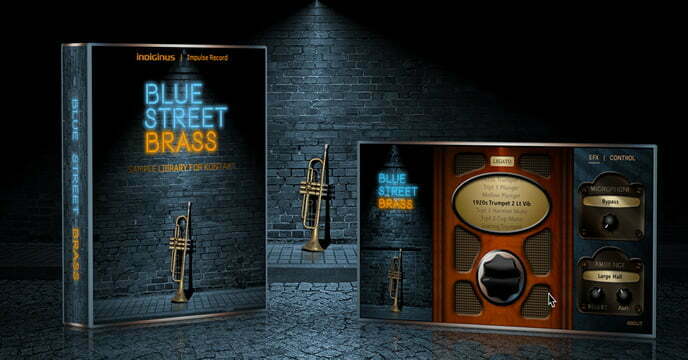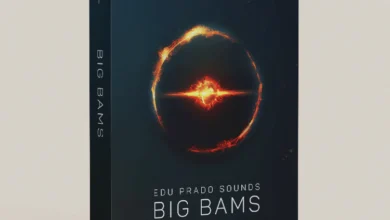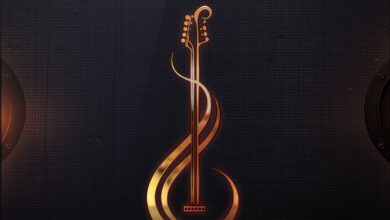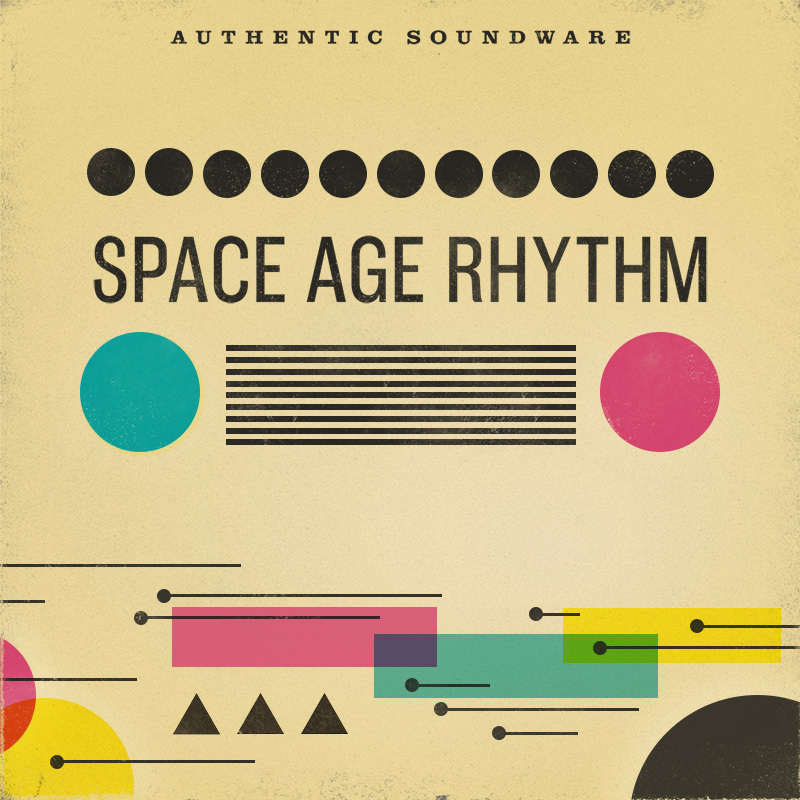Indiginus – Blue Street Brass Kontakt

Indiginus – Blue Street Brass
Size – 1.3 GB
Pass – @#$%^&*(hg!~)
Trumpets. Who knew they could be so cool? Seriously, the first time I loaded up Blue Street Blues I suddenly wanted trumpets in every production.
Of course, sampled brass instruments are everywhere, especially in epic “trailer music”. And frankly, it’s not hard to stick in a grandiose brass section; just get your CC11 swells going and listeners will accept sampled brass as legit.
What we don’t hear as much of is expressive solo brass, because, well, that’s harder. A committed “serious” composer will take the time to master the subtleties of expensive high-end brass libraries, but what about the rest of us, the casual user who just wants to embellish a piece with a nice trumpet lick? For us, Blue Street Brass is just the ticket.
Plus, if you happen to need a 1930’s/1940’s Film Noir feel or an authentic Big Band sound, look no further. Want to recreate a vintage radio broadcast or smoky speakeasy? Here ya go.
The Backstory
Brass is a new direction for Indiginus, which made its name primarily on sampled guitars such as the original Torch, the rockin’ Renegade and several expressive acoustic guitars (not to ignore my personal favorite, the lush synthetic-orchestra Solid State Symphony, but that’s not a guitar and doesn’t support my point). The point is, developer Tracy Collins knows all about guitars. Trumpets, not so much.
Fortunately, Tracy hooked up with a fellow named Tom Gauger, a guy who definitely knows about trumpets. And Flugel Horns, Euphoniums (Euphonia?), tubas, trombones, bugles and anything else made from a brass tube.
In addition to being a top-notch player, Tom is also president of Impulse Record, a long-standing jazz label based in New York City. He has recorded such luminaries as John Coltrane, Louis Armstrong (“What a Wonderful World”) and Ray Charles.
Where Tom’s and Tracy’s stories converge is that Tom also records and sells impulse response files of vintage reverbs, signal processors and amplifiers. It was in this context that the two met, when Tracy approached Tom about licensing his IRs for Indiginus products. It was Tom’s idea to create a brass library. He knew a lot about recording and brass instruments, but not much about Kontakt scripting and sample mapping, so Tracy was the perfect collaborator for such an endeavor.
Tom, like many musician/recording-engineers, is a collector. The vintage instruments sampled for Blue Street Brass are from Tom’s personal collection, as are the vintage microphones. When you select “1920s Carbon” from the microphone list, you’re getting an IR from a genuine 1920’s-era carbon microphone.
Tracy’s main creative contribution – aside from the grueling process of assembling more than a thousand individual samples into a workable instrument – was scripting an excellent adaptive legato. More on that later.
What’s in the Library
Solo trumpets are the main forte of this collection, but not the only thing in there. There are also three brass ensembles and thirteen discrete instruments in total, all wrapped up in a single .nki. You select the instrument from a menu within that nki’s UI – which means you can also automate the instrument selection (by default CC#15 is mapped to instrument selection).
There is a pdf on the Indiginus site that gives additional information about the instruments.
(Pictured at right: 1930’s American Standard Mellophone)
Here’s the list:
| 1920’s Ludwig Trumpet | 1907 H N White Cornet, mute |
| Ludwig Trumpet Plunger Mute | Flugelhorn |
| Mellow Plunger | 1894 Besson Euphonium |
| 1920’s Wm. Frank Trumpet | 1865 Jules Martin Saxhorn |
| Wm. Frank Trumpet Harmon Mute | 1930’s American Standard Mellophone |
| Wm. Frank Trumpet Cup Mute | 1908 Trombone with vibrato |
| Soaring Trumpet, with vibrato | Brass Ensemble |
| 1905 Conn Orchestral Cornet | Low Brass Ensemble |
| 1907 H N White Cornet, light vibrato | High Brass Ensemble |
| WW2-era Slingerland Bugle (G) | Civil War Bugle |
| WW2-era Bugle (D) | 1940’s Boosey and Hawk Alto Horn |
| 1900 Henry Marchand Tuba |





